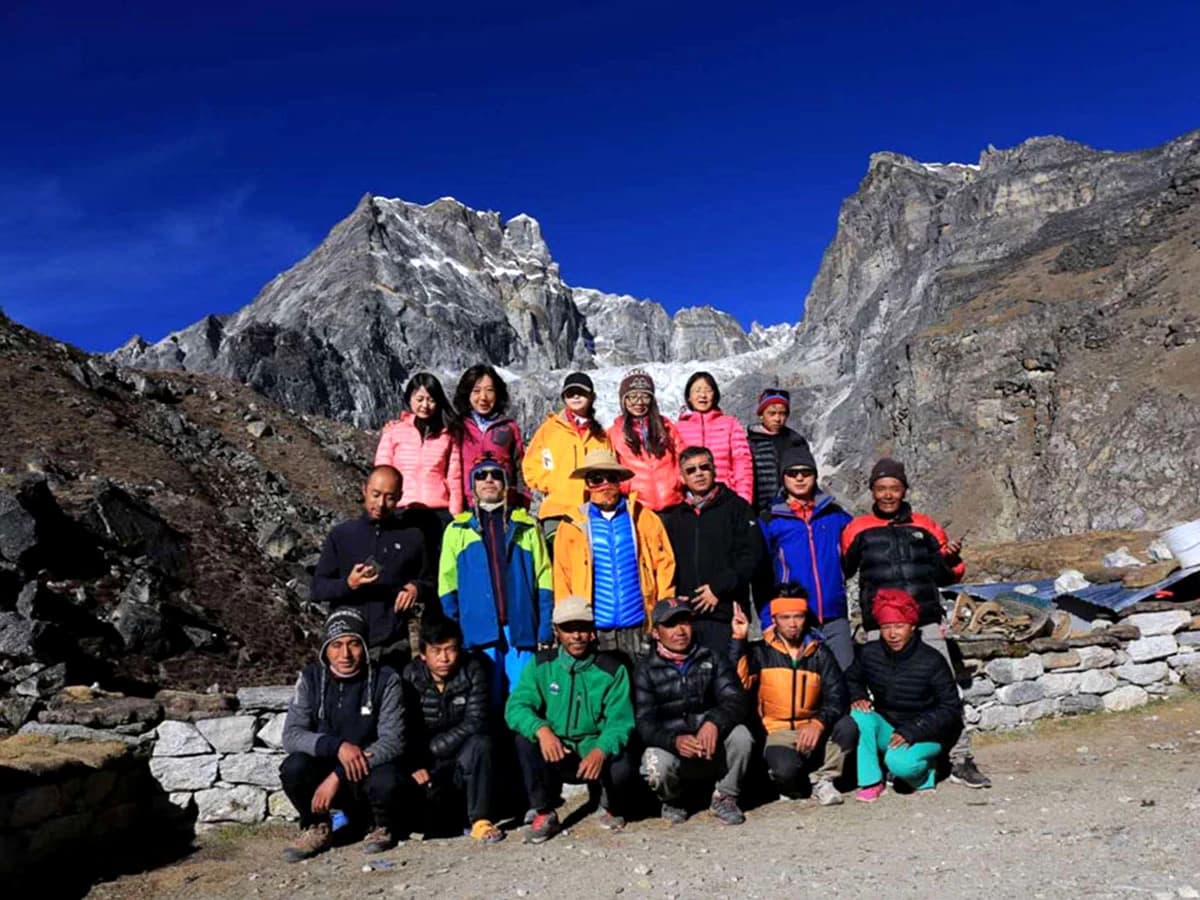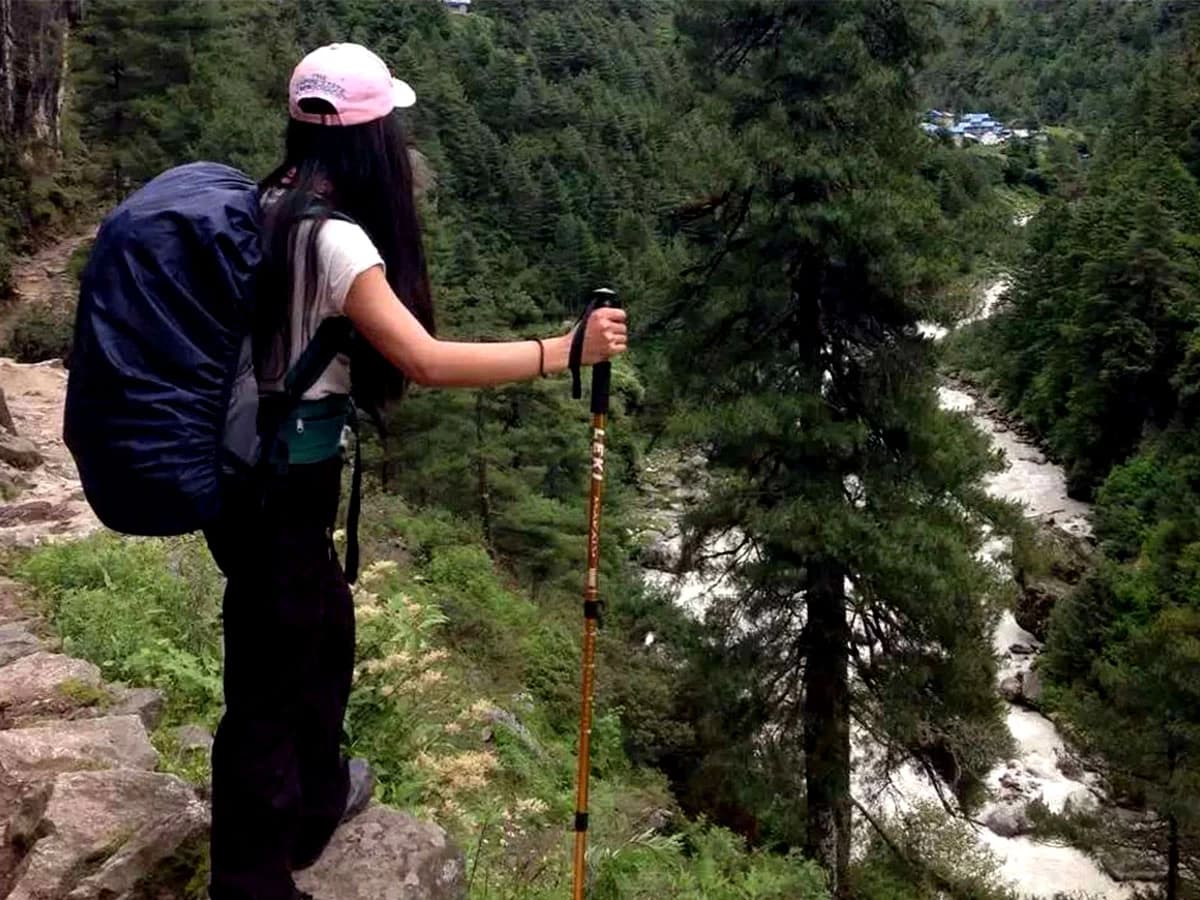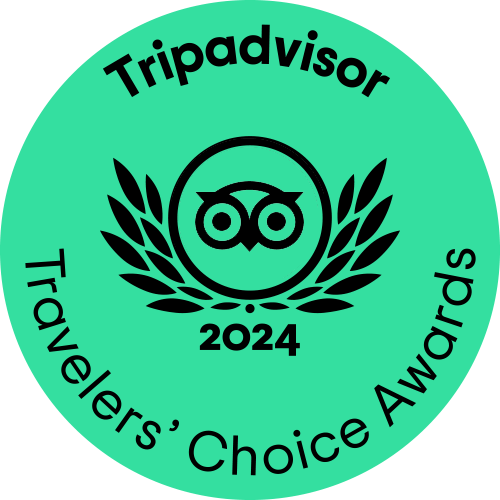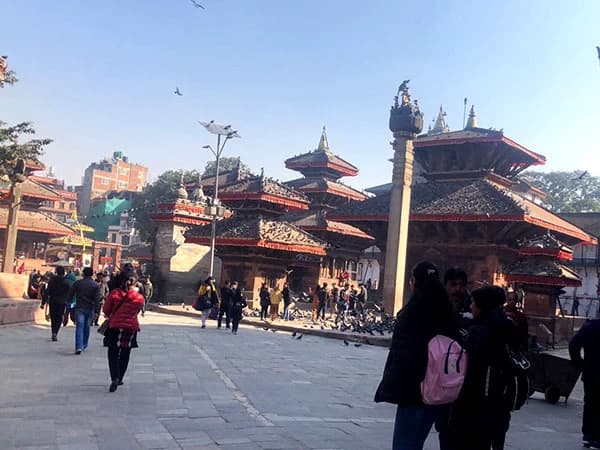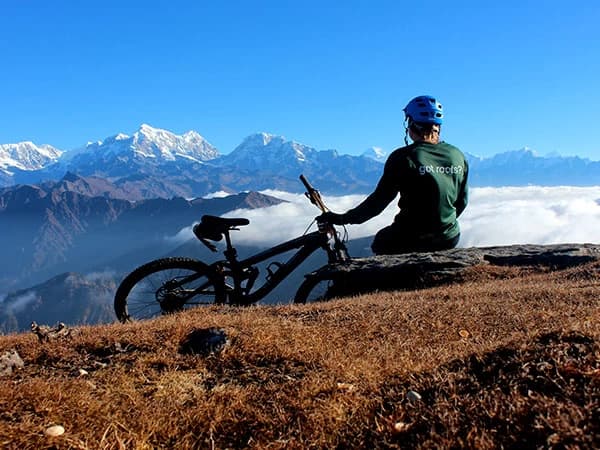Trek Overview
The Everest View Trek is a shorter, yet incredibly rewarding trek that gives travelers the chance to experience the iconic Everest region without the demands of a full expedition to Everest Base Camp. Perfect for beginners, families, or those on a tight schedule, this trek offers stunning panoramas, rich cultural immersion, and a thrilling introduction to Himalayan trekking.
The Everest View Trek allows you to witness some of the world’s most spectacular mountain scenery, including unobstructed views of Everest, Ama Dablam, Lhotse, Thamserku, and many more. The trek brings you to iconic viewpoints, like the Everest View Hotel and Tengboche, where you’re surrounded by towering snow-capped peaks.
Watching the sunrise or sunset over the Himalayas is unforgettable, as the mountains turn hues of gold and pink. For many, this breathtaking scenery is the highlight, with Everest’s distinct summit standing tall among the world’s highest peaks.
The trek offers an authentic look into the lives and culture of the Sherpa community, a group famed for their mountaineering expertise and deep-rooted Buddhist beliefs. As you journey through villages like Namche Bazaar and Khumjung, you get to experience Sherpa hospitality, see traditional architecture, and learn about local customs.
This region is also home to age-old monasteries, prayer wheels, and chortens, which provide a sense of spiritual calm and cultural richness. Engaging with the Sherpas gives a new appreciation for the people who have called these rugged mountains home for centuries. Namche Bazaar, known as the “Gateway to Everest,” is a vibrant town nestled at 3,440 meters and serves as the region’s primary trading hub. Here, trekkers find cozy cafes, bakeries, gear shops, and markets stocked with Tibetan handicrafts. Namche is also where trekkers take an acclimatization day, which allows them to adapt to the altitude while exploring the town.
The nearby viewpoint offers a clear view of Mount Everest on clear days, and the town’s lively atmosphere makes it a memorable stop. Visiting the Sherpa Museum here provides insight into the history of Everest mountaineering and Sherpa culture.
Perched at 3,880 meters, the Everest View Hotel offers one of the most picturesque settings in the world, with panoramic views of Mount Everest and surrounding peaks. This iconic hotel is a popular stop for trekkers who want to enjoy a cup of tea or coffee while soaking in the incredible views. The comfortable terrace with such a dramatic backdrop offers a rare experience: luxury and nature’s grandeur combined. A morning spent here is often a highlight, allowing trekkers to savor the scenery without the demands of high-altitude climbing.
The largest monastery in the Khumbu region, Tengboche Monastery, sits at 3,867 meters and is one of the most significant cultural sites along the trek. The monastery is set against a stunning mountain backdrop, with Ama Dablam’s iconic peak prominently visible.
Visitors are welcome to join the monks for prayer sessions, which provide a peaceful break and a chance to experience Buddhist spirituality. Tengboche is a sacred site for climbers and trekkers alike, as it’s traditional for many to seek blessings here before embarking on their ascent to Everest.
The adventure begins with an exhilarating flight from Kathmandu to Lukla, one of the world’s most famous mountain airports. Nestled on a mountainside, Lukla’s airstrip is short, making for an unforgettable landing. This flight is an adventure in itself, offering incredible aerial views of the foothills and forests of the Khumbu region. It’s a scenic start that immediately immerses trekkers in the rugged beauty of the Himalayas and builds anticipation for the journey ahead.
The Everest View Trek takes you through Sagarmatha National Park, a UNESCO World Heritage site. The park is home to diverse flora and fauna, including rhododendron forests, yaks, Himalayan tahrs, and even snow leopards at higher altitudes.
The natural beauty of the park, combined with the presence of Mount Everest, creates a sense of being surrounded by some of the planet’s most pristine and majestic landscapes. The trek includes a park permit, which also supports conservation efforts in this ecologically fragile region.
The Everest View Trek offers a short, achievable journey into the heart of the Himalayas with all the essential highlights, making it perfect for those who may not have the time, fitness level, or desire for the rigors of a multi-week trek to Everest Base Camp.
In just a few days, trekkers enjoy close-up views of Everest, experience the warmth of Sherpa culture, explore sacred monasteries, and witness the grandeur of the world’s highest mountains. This trek offers a condensed yet fulfilling adventure that leaves a lasting impression and often inspires a deeper connection with the Himalayas
Highlights
- Stunning close-up views of Everest, Ama Dablam, and surrounding peaks.
- Immersion in Sherpa villages like Namche Bazaar, with unique cultural experiences.
- A scenic spot for panoramic views of Everest.
- Visit this spiritual and scenic landmark with a dramatic mountain backdrop.
- Trek through a UNESCO site rich in flora and fauna.
- A thrilling flight with breathtaking aerial views of the Himalayas.
- This trek provides a taste of the Everest region’s beauty and culture in a shorter, accessible adventure.
What can you expect from Everest View Trek?
- Everest View Trek offers a shorter, less strenuous alternative to the full Everest Base Camp trek. You can expect:
- Panoramic views of Everest, Lhotse, Ama Dablam, and other peaks from Tengboche and Namche Bazaar.
- Interact with Sherpa communities, visit monasteries, and experience traditional Buddhist culture.
- A relatively easy trek, suitable for beginners or those short on time.
- Explore picturesque Sherpa villages like Khumjung and Namche.
- Spot Himalayan wildlife, such as the Danphe (Himalayan Monal) and yaks.
Who is Suitable for the Everest View Trek?
- Beginners: Ideal for those with limited trekking experience or those seeking a shorter, less strenuous trek.
- Trekking Enthusiasts: Those who want to experience the Everest region without committing to the full Everest Base Camp trek.
- Moderately Fit Individuals: Suitable for those in good health and physical condition, as it involves moderate trekking.
- Time-Constrained Travelers: Perfect for those who want to witness stunning views of Everest in a shorter timeframe (typically 7-8 days).
- Cultural Seekers: Those interested in exploring Sherpa culture, visiting monasteries, and experiencing village life in the Khumbu region.
Why Trek with Us?
Trek with us for.
- Expert Guides: Our experienced and knowledgeable guides ensure safety, offer insightful cultural experiences and navigate challenging terrains.
- Tailored Itineraries: We provide personalized itineraries to suit your pace and preferences, ensuring a memorable journey.
- Safety First: We prioritize your safety with proper acclimatization, high-quality gear, and 24/7 support.
- Local Support: By trekking with us, you contribute to the local economy and benefit from our strong relationships with the Sherpa community.
- Sustainable Travel: We are committed to environmentally responsible trekking and minimizing our ecological footprint.
- Comfort & Care: We ensure comfortable accommodation and nutritious meals along the trek to enhance your experience.

